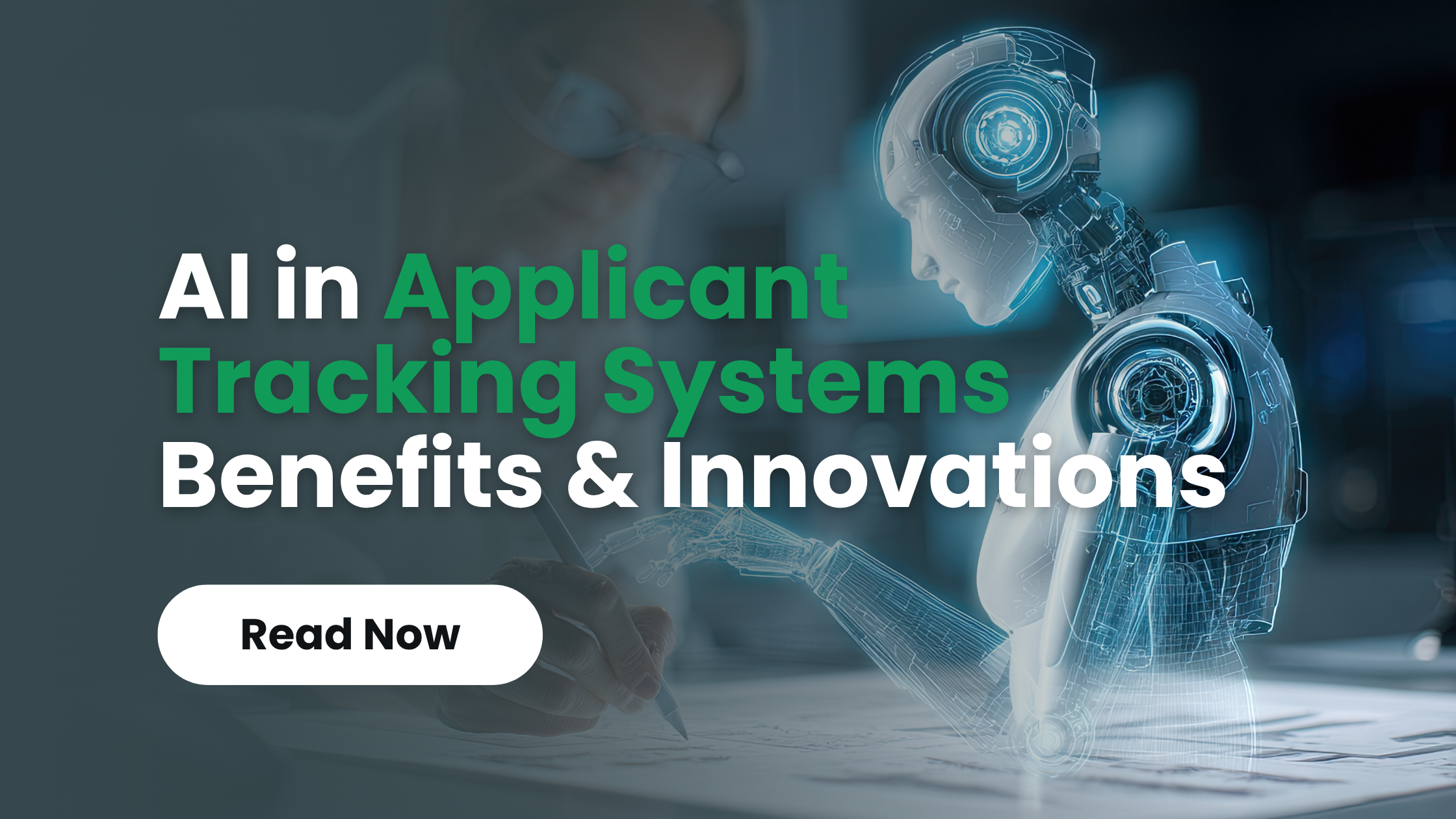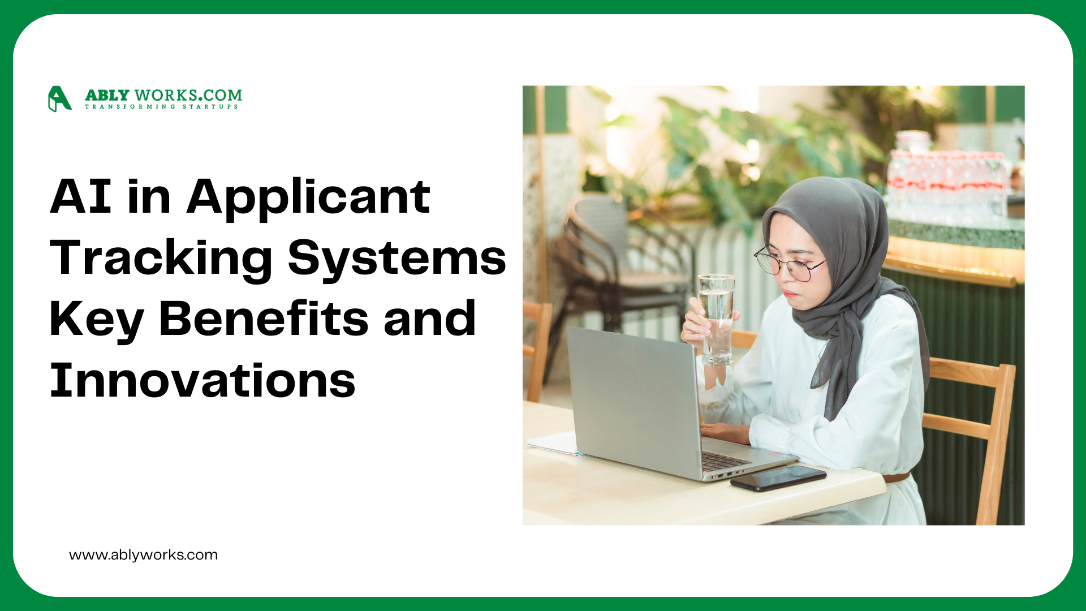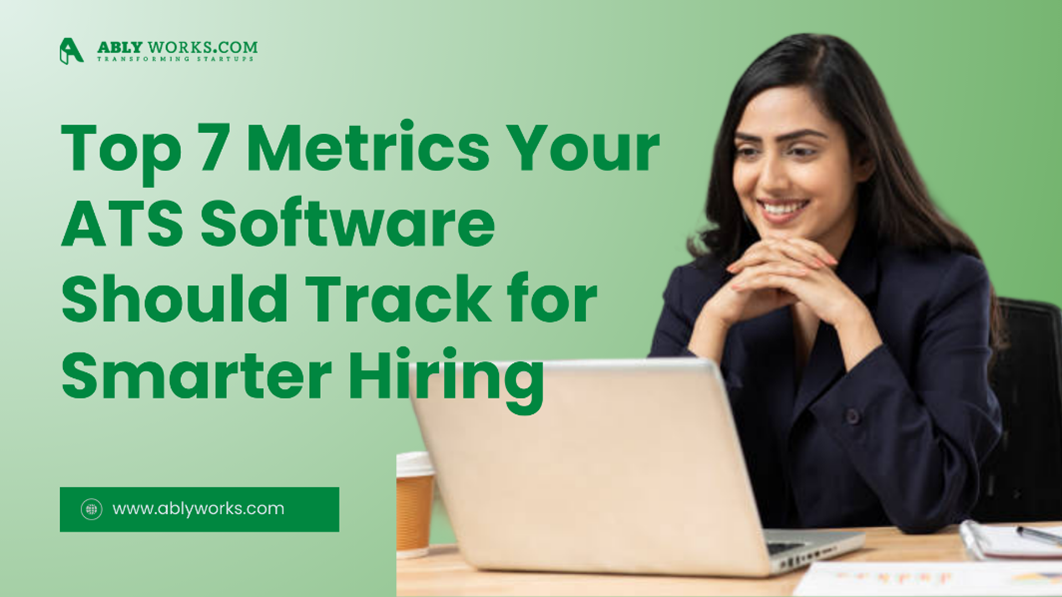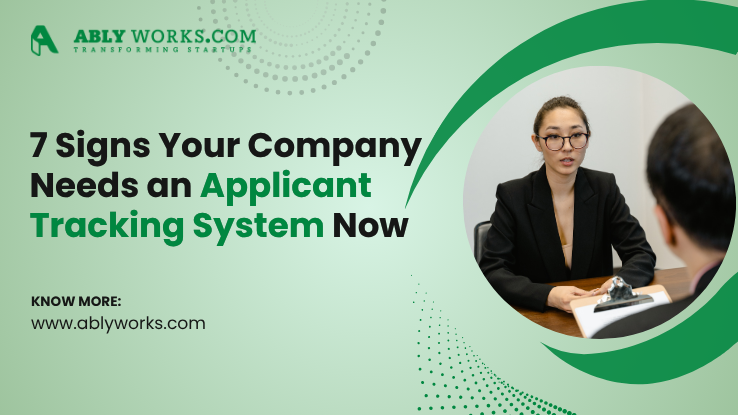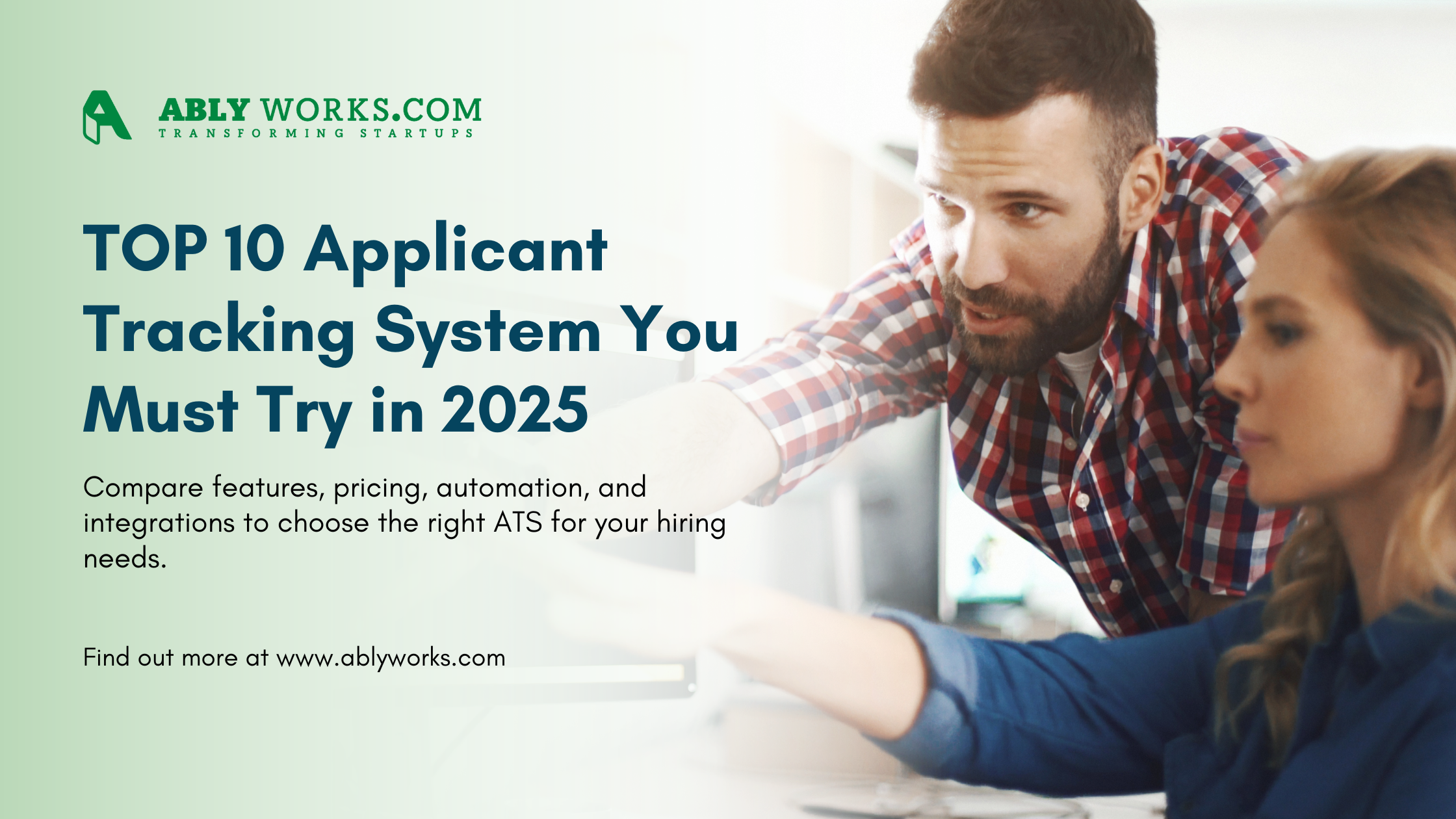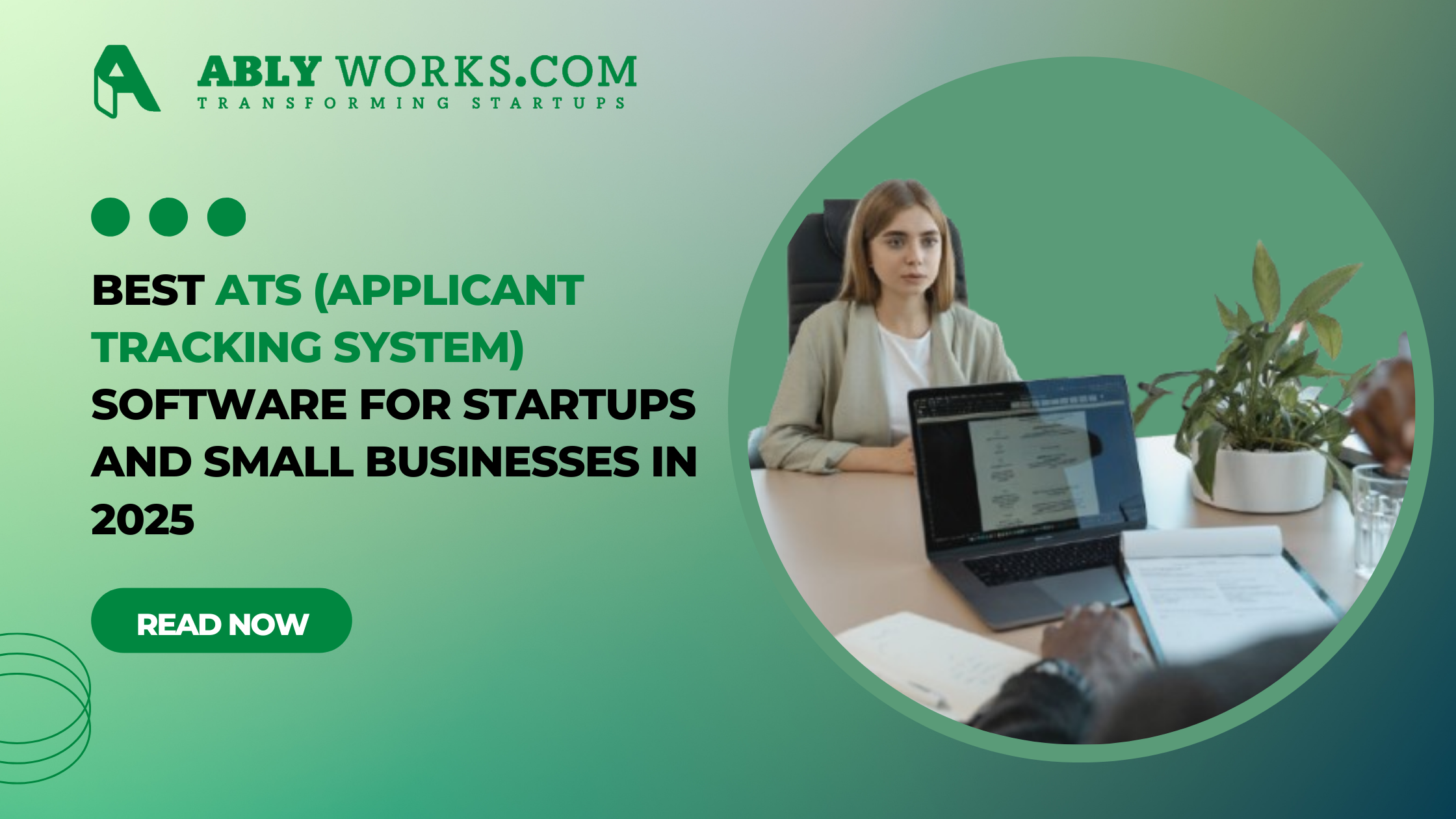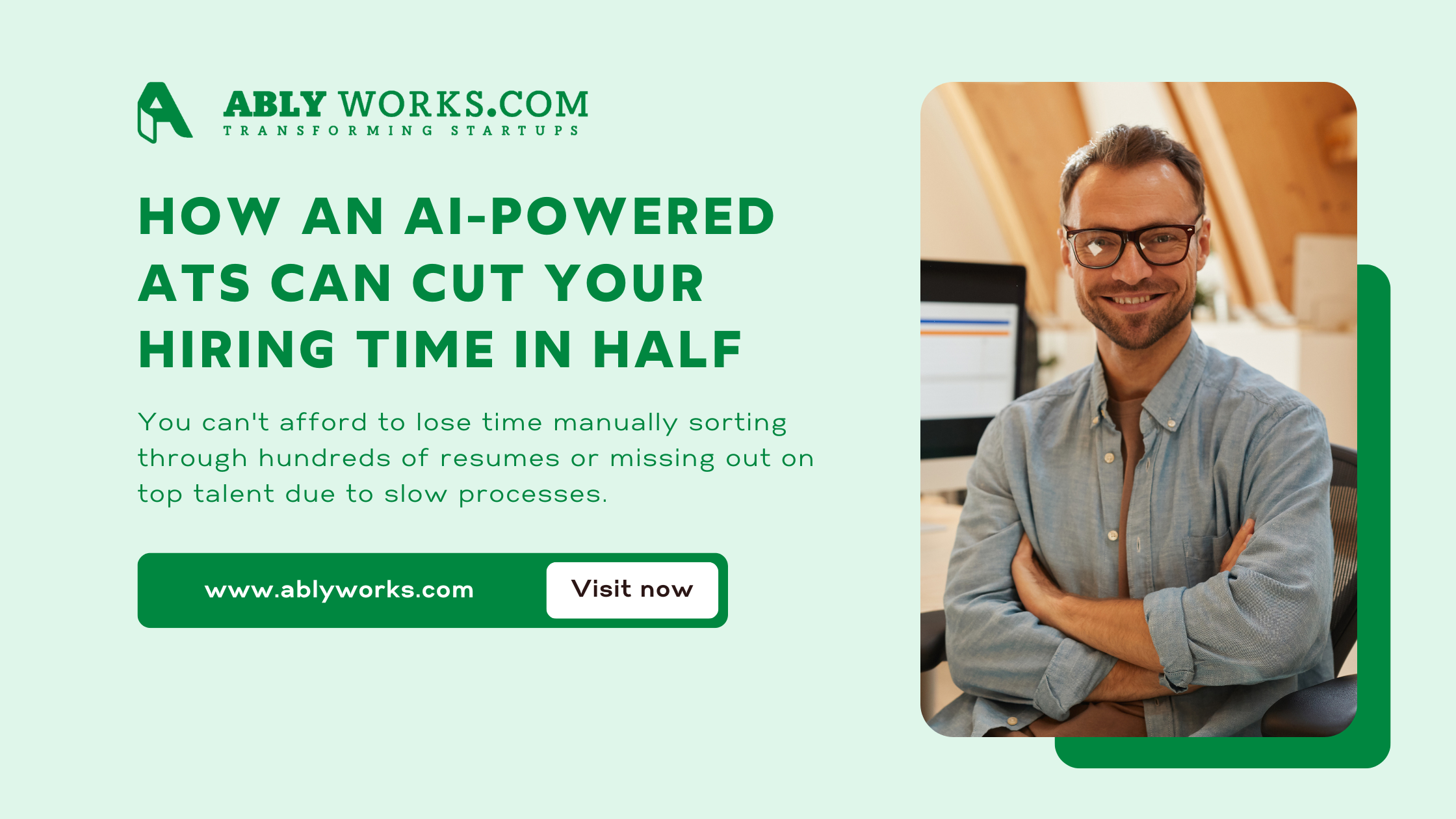
In today’s AI automation business world, efficiency is not optional but essential. All businesses need all work done under a single roof. Companies are moving away from fragmented systems and toward integrated platforms that combine recruitment, HR, and payroll under one digital roof. That’s where ATS software integration with HRMS and payroll systems comes in, creating a smooth, automated workflow that saves time, reduces errors, and enhances productivity.
What is ATS Software Integration?
Applicant Tracking System (ATS) integration refers to connecting your hiring platform with other HR tools, such as Human Resource Management Systems (HRMS) and payroll software. This will do your ATS and hr work in a single platform.
This integration allows data to flow seamlessly between departments from the time candidates apply to the time they’re onboarded and added to payroll.
In simple terms, ATS software integration ensures that your recruitment process remains integrated. Instead, it becomes part of a larger ecosystem that supports the entire employee lifecycle.
Why Integration Matters in Modern HR
For many HR teams, using multiple tools can be a nightmare, as they manage applicants in one system, employee data in another, and salary details in yet another.
This disconnected setup leads to:
Duplicate data entry
Miscommunication between departments
Slower hiring and onboarding
Increased risk of manual errors
By focusing on ATS software integration with HRMS, businesses can centralize all HR operations from recruitment to payroll into one system.
Benefits of ATS Integration with HRMS and Payroll
Let’s explore how this integration drives efficiency across your HR operations.
1️. Streamlined Hiring to Onboarding
When your ATS system is integrated with HRMS, candidates’ data is automatically transferred to the HR system after they’re hired.
No manual re-entry, no lost information.
This creates a seamless transition from applicant tracking to employee management, saving time and improving accuracy.
2️. Smarter Payroll Integration
With ATS and payroll integration, employee details such as designation, joining date, and salary structure sync automatically.
This ensures that the payroll team has real-time access to accurate data, reducing payroll errors and as well as payroll delays.
Example: Once a candidate accepts an offer, their salary and employment details flow directly to the payroll system for quick activation, eliminating repetitive admin work.
3️. Enhanced Data Accuracy and Compliance
Integrated systems eliminate data discrepancies between recruitment and HR records.
Every update from promotions to exits is reflected across all connected platforms, maintaining compliance and consistency.
For industries that require accurate reporting (such as finance, healthcare, or the government sector), applicant tracking system integration ensures HR teams easily meet data compliance requirements.
4️. Improved Collaboration Across Departments
Without integration, recruiters, HR executives, and payroll managers often work in isolation.
With ATS software integration, every stakeholder gets visibility into the same real-time data.
For example:
Recruiters can view offer approval timelines.
HR can see the onboarding progress.
Payroll teams can track new joiner information instantly.
This cross-functional collaboration shortens the hiring cycle and increases team alignment.
5️. Better Analytics and Decision-Making
When data from your ATS, HRMS, and payroll systems is integrated, you gain a holistic view of your workforce.
You can analyze metrics like:
Cost per hire
Time to fill
Onboarding efficiency
Employee retention after hiring
These insights help leadership make data-driven decisions for future hiring and workforce planning.
6️. Simplified ATS Deployment and Scalability
Modern ATS deployment is cloud-based, making integration simpler and faster than ever.
You can easily connect your ATS software to HRMS, payroll, and other business tools via APIs or pre-built connectors.
This flexibility allows your system to scale as your company grows without requiring your existing setup; just enhance it with deeper integrations.
Key Features of a Well-Integrated ATS
If you are considering upgrading or integrating your current ATS, consider these key features:
Seamless API connectivity with HRMS & payroll
Real-time data synchronization
Custom workflow automation
Role-based access and permissions
Secure cloud storage for employee data
Comprehensive dashboards for recruitment & HR analytics
These features ensure your applicant tracking system integration drives real value across departments.
How to Successfully Implement ATS Integration
Integration may sound technical, but with the right approach, it can be smooth and impactful.
Follow these steps for effective ATS software integration with HRMS and payroll:
1️. Audit Your Current Systems:
Identify what tools you already use and what gaps exist in data flow.
2️. Choose a Compatible ATS:
Select an ATS that supports easy API integration or offers native plugins for HRMS and payroll tools.
3️. Plan the ATS Deployment:
Work with your software provider to create a phased rollout that minimizes disruption.
4️. Test Data Synchronization:
Before going live, test data flow between systems from recruitment to payroll to ensure accuracy.
5️. Train Your Teams:
Educate recruiters, HR professionals, and payroll staff on using the integrated tools effectively.
6️. Monitor and Optimize:
Continuously track system performance, fix errors, and fine-tune integration settings as your business scales.
Future of ATS and HRMS Integration
By 2025 and beyond, ATS integration is evolving beyond just HRMS and payroll.
AI-powered automation, predictive analytics, and chatbot-powered communication are making hiring more intelligent and personalized.
As organizations prioritize efficiency, integration will go from being a “nice-to-have” to a “must-have” for every HR tech stack.
Conclusion
The real power of recruitment technology lies not just in automation but also in integration.
By connecting your ATS software to your HRMS and payroll systems, you create a truly integrated HR experience that saves time, reduces errors, and makes smarter decisions.
AblyWorks ATS helps companies achieve this transformation through seamless, scalable integration moving HR teams to move from fragmented tools to a single, powerful ecosystem.
Your recruitment deserves more than just tracking it deserves total efficiency.
FAQs About ATS Software Integration
1. How does ATS integration improve payroll efficiency?
When integrated, new hire data flows directly into payroll systems, ensuring timely salary setup, tax compliance, and zero duplication errors.
2. What are the challenges in ATS deployment?
Common challenges include incompatible systems, poor data mapping, or a lack of user training. Choosing an ATS with open APIs can simplify deployment.
3. Can small businesses benefit from ATS integration?
Absolutely! Startups can also streamline operations by connecting their ATS to basic HRMS and payroll tools, reducing manual effort and speeding up recruitment.
